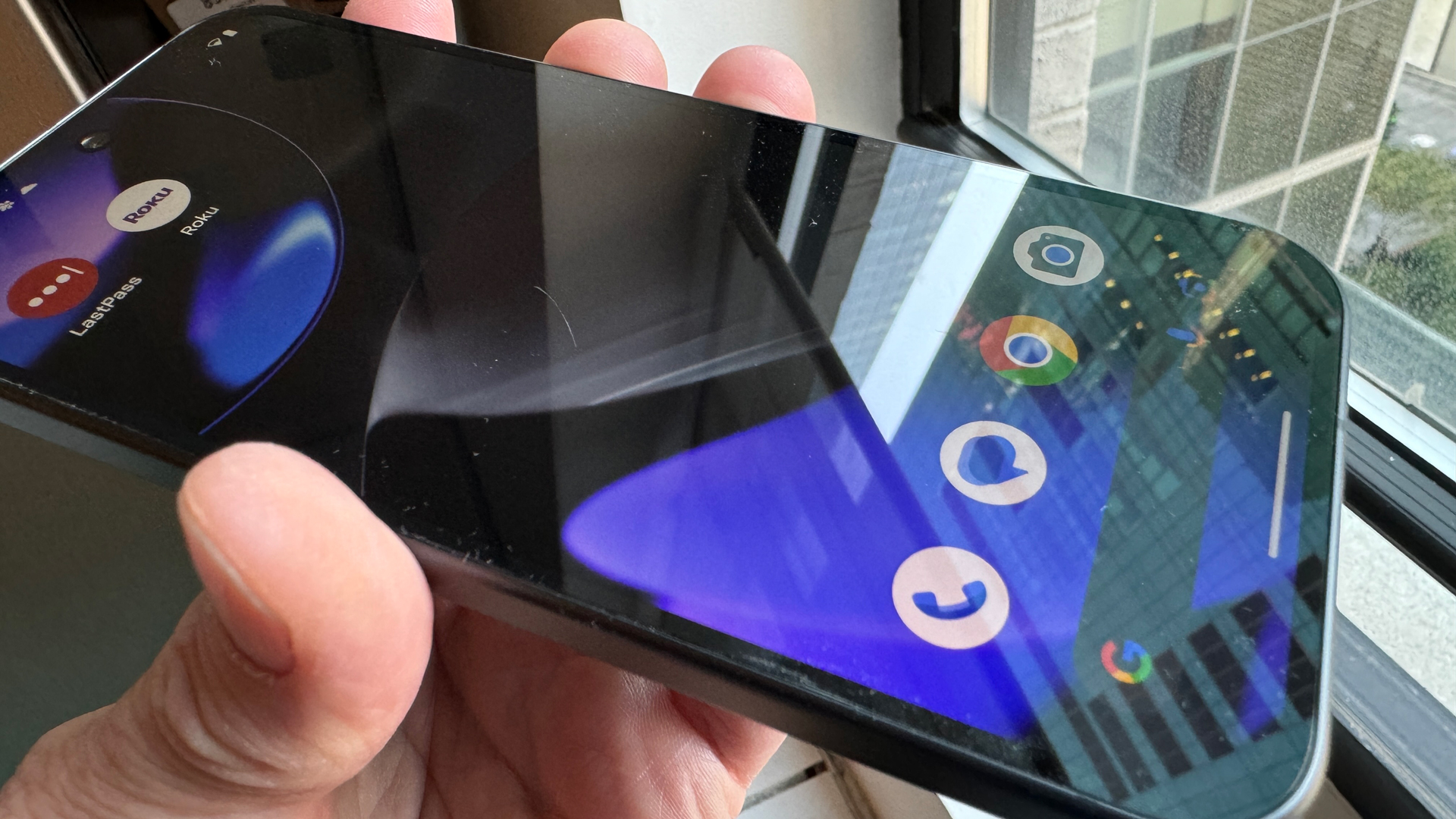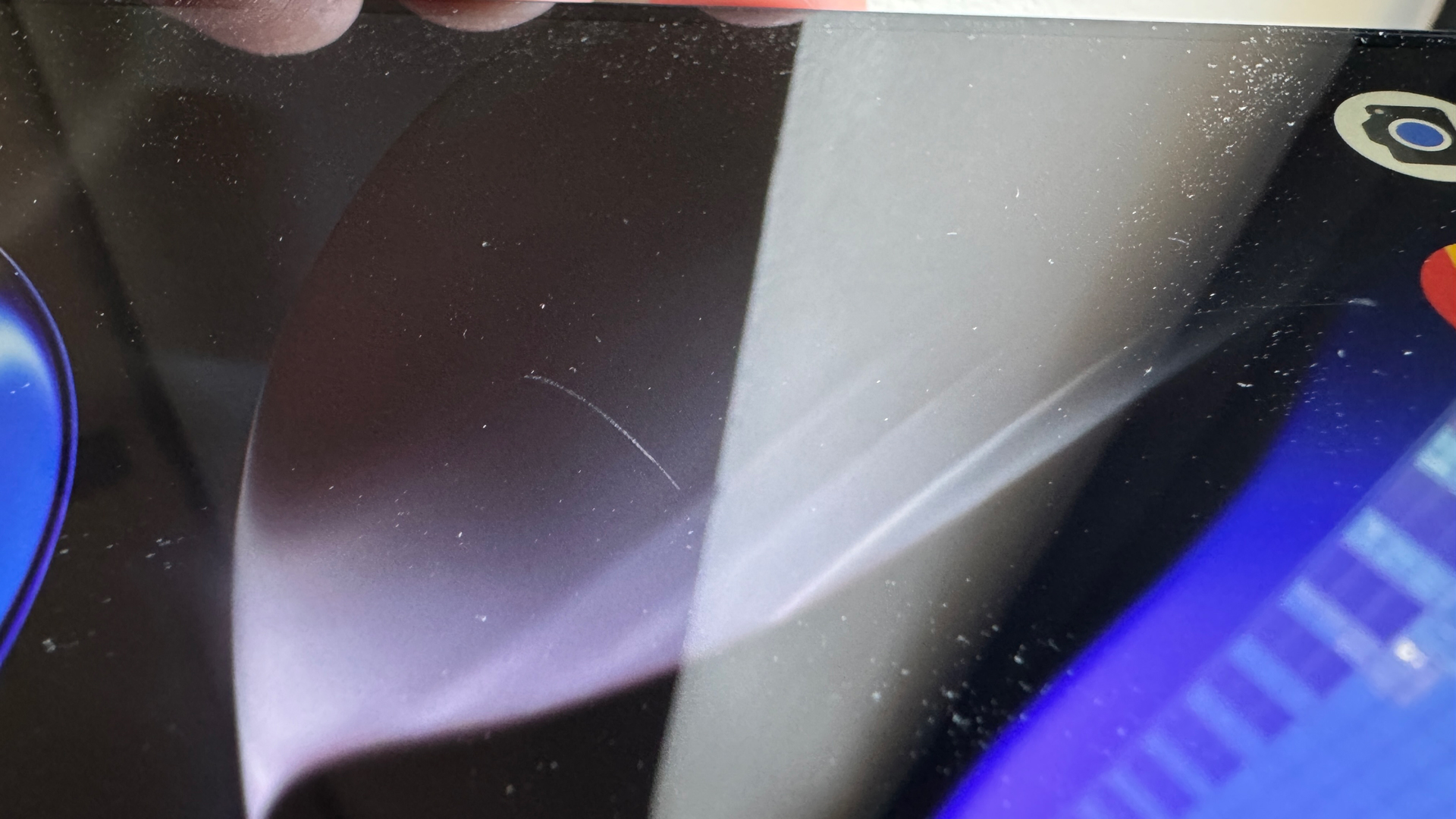
Imagine buying a car and, as soon as you got it, you covered it in an inch-think layer of cushioned plastic. It sounds ridiculous, but that's what we do with most smartphones. These devices that promise droppability, swimmability, and dust-worthiness are deemed so fragile that we slap cases and screen protectors on them almost as soon as we unbox them.
I was thinking about this because I was for years a "no case" iPhone guy and only started putting them on because I wanted to attach a Pop-Socket or some other kind of iPhone holder that would make it easier for me to shoot videos. I've never used a screen protector since, as I'm quick to tell anyone I don't drop my phone.
I'm an outlier, though. Most smart people buy cases from Apple, Samsung, Google, and countless other brands (I'm currently using a Speck case with a fantastic MagSafe holder/stand). The most recent study I could find claims 79% of smartphone owners do so.
I find the screen protectors, essentially another layer of thin glass on top of the phone's original one, even more confounding. As far as I can tell, most are no stronger than the native glass. Raise your hand if you have a friend using a smartphone with a finely-spidered screen protector glass.
Raise your hand if you have a friend using a smartphone with a finely-spidered screen protector glass.
It's not that these phones aren't strong, or that the screens can't take a drop. Most of them could handle being dropped face-down on the pavement and come up without a scratch. But it's still possible to find that sweet spot where if you drop the phone, it will crack from one corner to the other.
Most smartphones use some form of Corning's Gorilla Glass. This ultra-thin silica-based glass is surprisingly flexible and has admirable scratch resistance (I once watched a Corning rep rub a key on a pane of Gorilla Glass). For years, Apple never specified the brand of glass it used on iPhones. Still, in 2020, it worked with Corning to introduce Ceramic Sheild, which basically embeds ceramic crystals in what I assume is something like Gorilla Glass for extra strength. Samsung Galaxy S 24 Ultra and Google Pixel 9 both use Gorilla Glass Victus 2. That's about the strongest glass you can get.
I'm not sure any of it is strong enough.

I carry my iPhone 15 Pro Max with me everywhere and while I do have a case on it, There's nothing on the screen. I've never dropped it, and I am always careful to put it in my pocket with the screen facing out so as not to risk scratching the display on my jeans' grommets. Naturally, the phone has fine, yet clearly visible scratches running the length of the Super Retina XDR display. Where they came from I have no idea.
The Google Pixel 9, which I've had for just about a week, now has a half-inch gouge in the middle of the display; it's deep enough that I can feel it with my finger. I never dropped it or rubbed the phone against another device (as someone who reviews phones, I often carry multiple handsets, but I never put them in the same pocket). I didn't carry it with house keys in my pocket. I can't account for the damage.
My concern is that no matter what these phone manufacturers do, they haven't figured out how to make these displays scratch-proof or at least more resilient. This leads me to wonder why, after all these years, smartphones still don't seem tougher than they did 10 years ago.
Considering we pay anywhere from $799 to well over $1,100 for these phones, shouldn't we expect them to handle life in your pocket, backpack, or bag?
Getting real about a scratch
A scratched or even cracked screen won't adversely impact operation, but it's frustrating. It would be nice if, after a few weeks or even 12 months of use, these phones looked close to the same as they did when we first unboxed them.
Cases are not just about protection, though. They're a personal expression of style, or at least that's what we've been trained to believe. If you think about it, the smartphone brand, model, size, and color might express some of those same things. We put stickers on our laptops to personalize them but do not typically drop them into big, stiff cases. I appreciate all the case design and character options available, but I wonder if there could ever be a world where we no longer need them.
Probably not. Smartphones will only get thinner and lighter and with ever-larger screens. Physics tell us the ground, rocks, a spot in the back pocket of your pants may all defeat the next generation of handsets.
You might also like
- The Pixel 9 Pro XL reminds me why I like Google's phones so much ...
- Google Pixel 9 Pro review: the AI phone is here, but the future is not ...
- Google Pixel 9 appears to improve the Android upgrade process in ...
- Google Pixel 9 Pro vs Google Pixel 9 Pro XL: what's the difference ...
- The Google Pixel 9 comes with a new modem inside – here's why it ...







